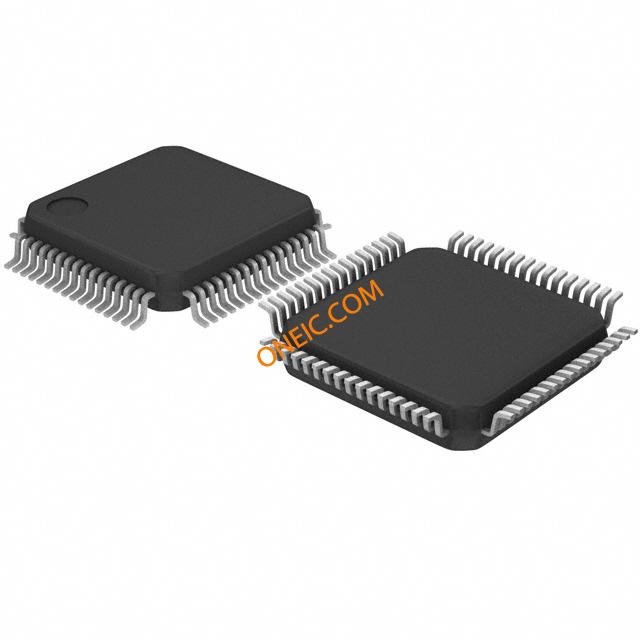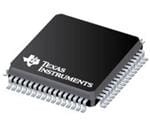TM4C123BE6PMI
32-bit ARM microcontrollers with 128KB flash memory
Manufacturer: ti
series introduction
# TM4C123BE6PMI Product Series Introduction
## 1. Overview
The TM4C123BE6PMI is a part of the TM4C123 series of microcontrollers developed by Texas Instruments. These microcontrollers are built on the ARM Cortex - M4F core, which combines high - performance computing capabilities with advanced features, making them suitable for a wide range of embedded applications.
## 2. Key Features
### 2.1 Processor Core
- **ARM Cortex - M4F**: The ARM Cortex - M4F core at the heart of the TM4C123BE6PMI offers a high - performance 32 - bit processing architecture. It has a single - cycle multiply and hardware divide unit, enabling fast arithmetic operations. The floating - point unit (FPU) in the Cortex - M4F allows for efficient handling of floating - point calculations, which is crucial in applications such as signal processing, robotics, and industrial control.
- **High Clock Speed**: It can operate at a maximum clock speed of up to 80 MHz, providing the processing power needed to execute complex algorithms and handle multiple tasks simultaneously.
### 2.2 Memory
- **Flash Memory**: The TM4C123BE6PMI is equipped with 256 KB of on - chip flash memory. This non - volatile memory is used to store the program code of the application. The large flash memory capacity allows for the development of complex and feature - rich applications without the need for external memory expansion in many cases.
- **SRAM**: It also has 32 KB of static random - access memory (SRAM). SRAM provides fast access to data, which is essential for storing variables, buffers, and intermediate results during program execution. The sufficient SRAM size ensures smooth operation of the microcontroller even when dealing with large amounts of data.
### 2.3 Peripherals
#### 2.3.1 General - Purpose Input/Output (GPIO)
- The microcontroller has a large number of GPIO pins. These pins can be configured as either inputs or outputs, allowing for easy interfacing with external devices such as sensors, actuators, and displays. The GPIO pins support features like pull - up and pull - down resistors, which can be used to ensure stable input levels.
#### 2.3.2 Serial Communication Interfaces
- **UART (Universal Asynchronous Receiver - Transmitter)**: Multiple UART interfaces are available, which are commonly used for serial communication with other devices such as computers, sensors, and modems. UART provides a simple and reliable way to transfer data between the microcontroller and external devices over a serial link.
- **SPI (Serial Peripheral Interface)**: The SPI interface enables high - speed serial communication between the microcontroller and other SPI - compatible devices. It is often used for communicating with external memory chips, sensors, and displays, where fast data transfer is required.
- **I²C (Inter - Integrated Circuit)**: The I²C interface is a multi - master, multi - slave serial communication protocol. It is widely used for connecting low - speed devices such as sensors, EEPROMs, and real - time clocks to the microcontroller.
#### 2.3.3 Analog - to - Digital Converter (ADC)
- The TM4C123BE6PMI features an ADC with multiple channels. The ADC can convert analog signals from external sensors (such as temperature sensors, light sensors, and pressure sensors) into digital values that can be processed by the microcontroller. This allows the microcontroller to interface with the analog world and make decisions based on the measured analog values.
#### 2.3.4 Timers
- There are multiple timers available on the microcontroller, including general - purpose timers
Images for reference

64-LQFP

Image Preview